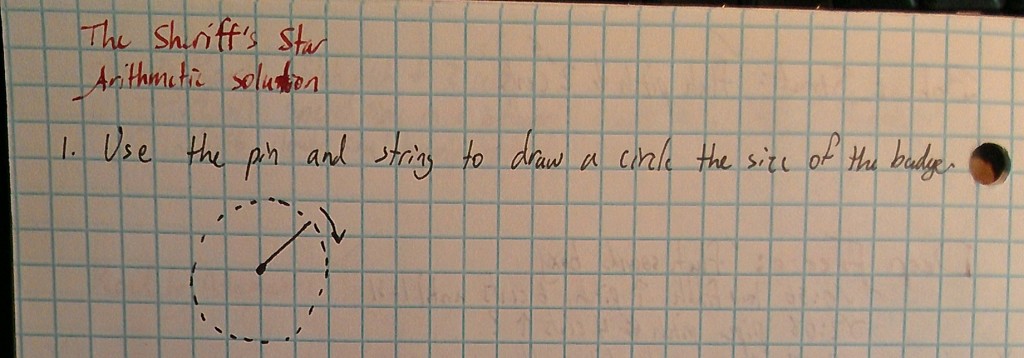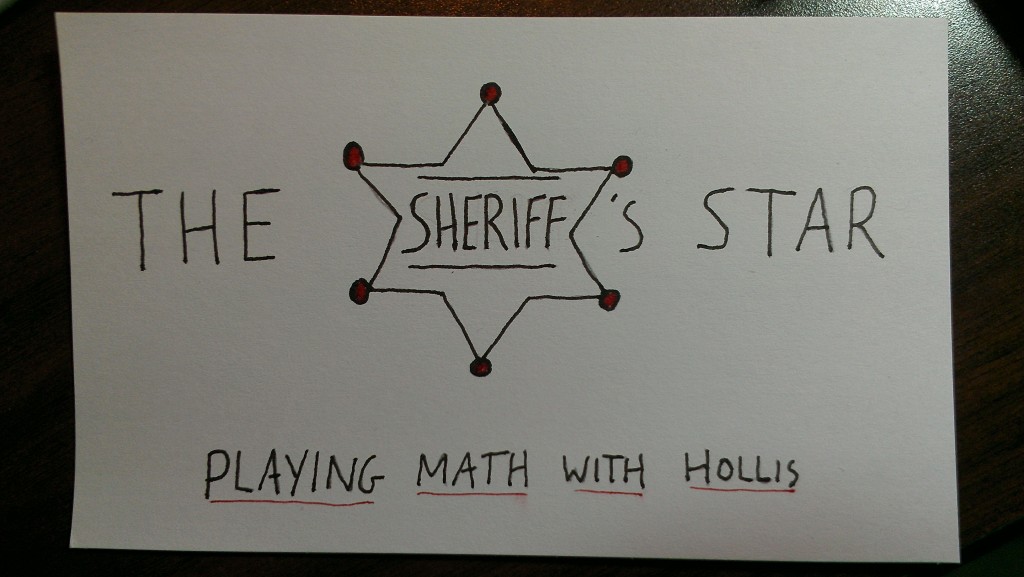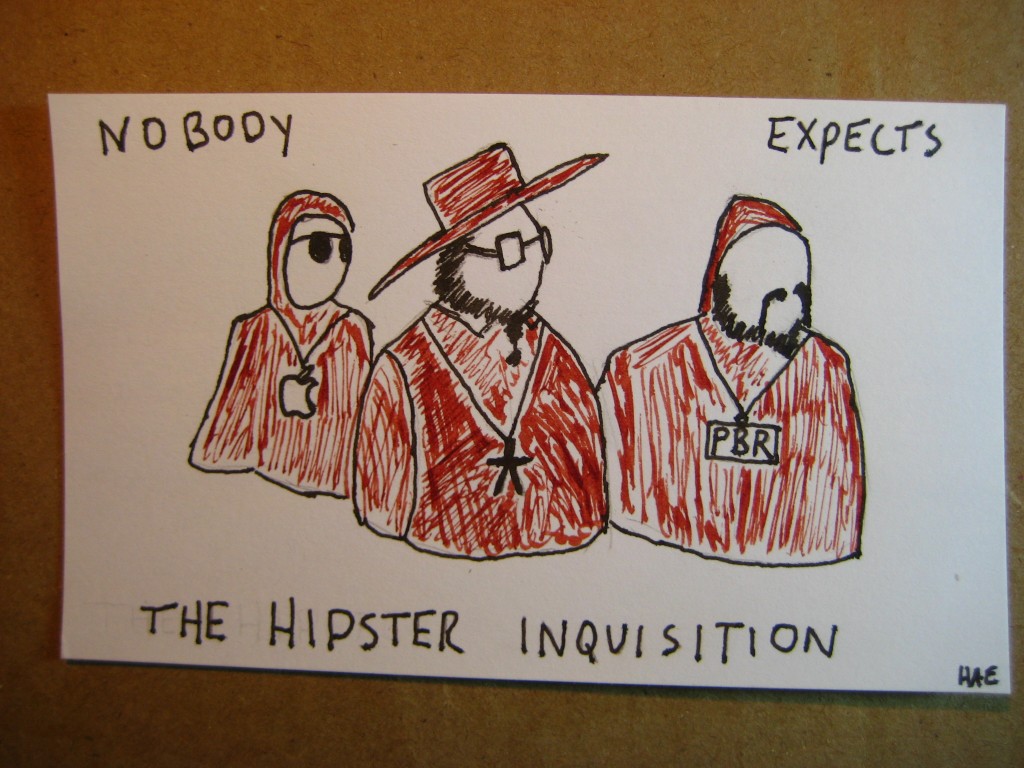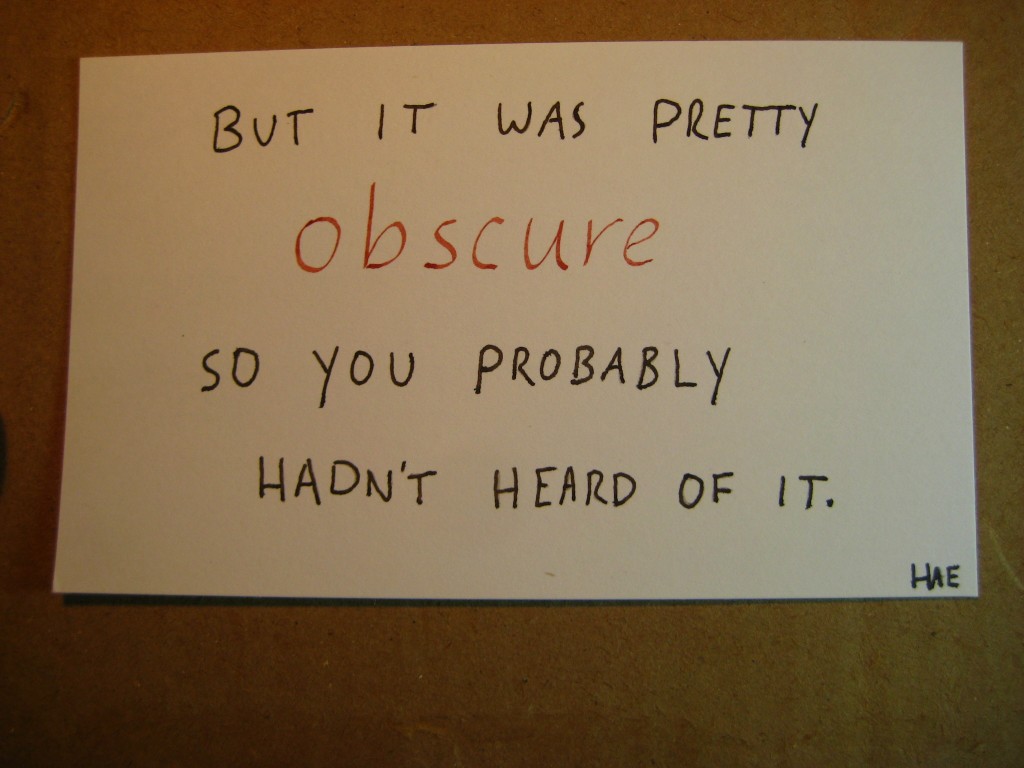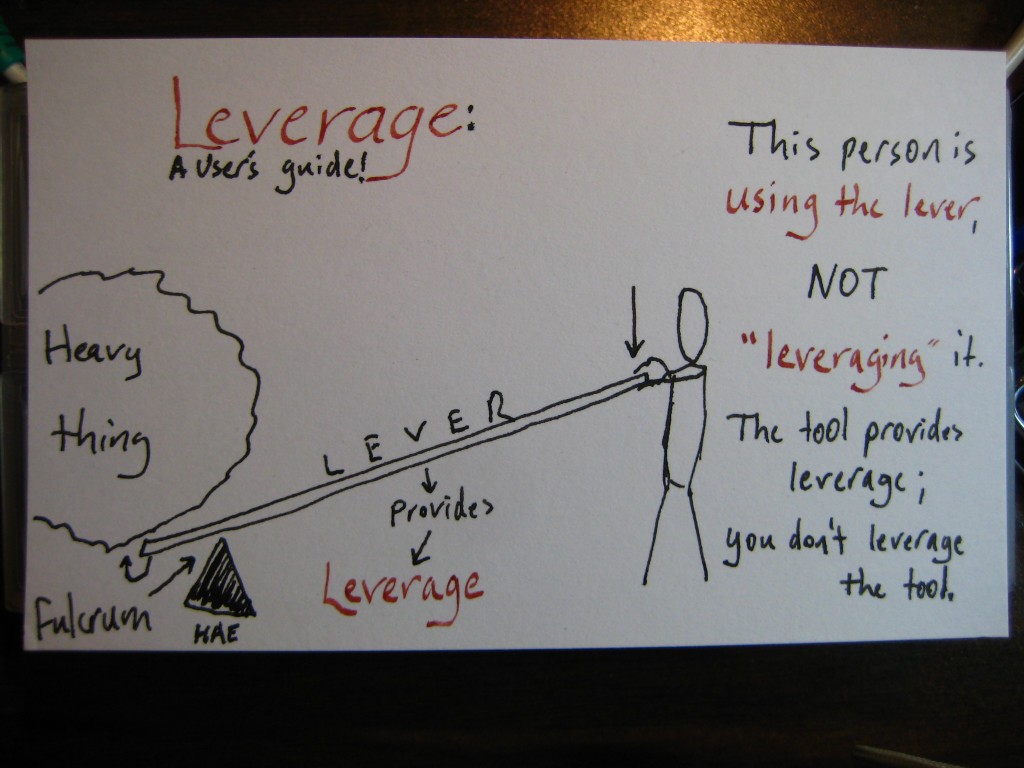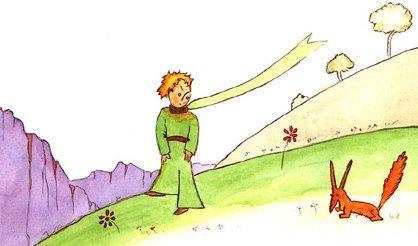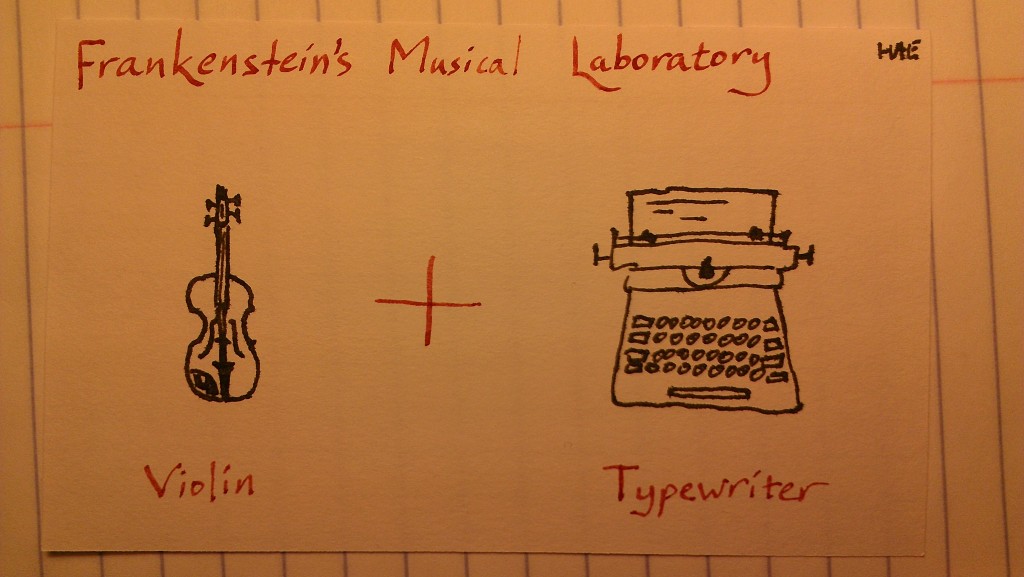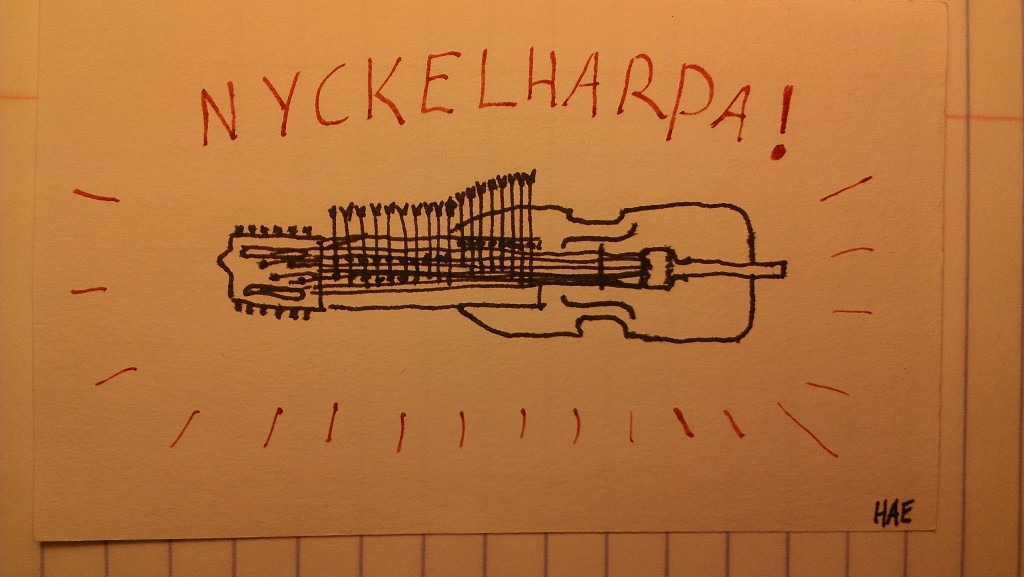They say you never see it coming… that one day, you’re walking around living your life normally, and the next day, boom, everything changes. For me, it came one evening last spring, when I scratched my neck and found an engorged deer tick on it. I figured it wouldn’t be any big deal, but that I’d go to the doctor and get it checked out just to be sure. Lyme disease is no big deal, right?
I spent the next fifteen months on antibiotics.
Fifteen months of riding a downward slide where nobody can tell you where the ride stops or whether you walk away or get carried out in a coffin at the end. A year and a half, now, of trying different doctors, of being told that Lyme disease doesn’t exist, of being called a psych case, of trying different antibiotics and hoping we’d find one that wouldn’t kill me with side effects. Another deer tick, this spring, which restarted my infection.
Eighteen months of research, now, of learning to understand some biochemistry so I could decipher what the treatment protocols were saying, of discovering the bitter political controversies within the medical community, and of praying for someone who might help. This will be familiar to anybody who’s gone through serious illness–the feeling that you’ve stepped onto an elevator that’s in freefall, with no way off.
I knew Lyme (and Bartonella, a coinfection that I also got) could make you pretty tired. I didn’t know it could make it impossible to stay awake for more than 30 minutes at a time, or that it would disable the vision in one eye, or that it would paralyze half of my face, or that I’d suddenly forget the names of people I’d known for years. I never saw it coming that it could do all sorts of damage that might be permanent… and that the only way to find out whether it’ll be permanent is to keep living until it goes away. I didn’t expect that sometimes I would wake up and my right shoulder wouldn’t move—that, no matter how hard I tried, I wouldn’t be able to move that joint—or that the disability could shift to different joints in a matter of minutes.
All those things eventually became normal. Humans are remarkably good at adapting to adversity, and I’ve been surprised to find that I can deal with that stuff pretty well. I can say, maybe with less grace than I’d like, “I’m sorry, but I’m having a horrible Lyme day, and I can’t do that walk we talked about—could we sit and have coffee instead?”. I can find ways to avoid stairs when my body can’t handle them, I can find new hobbies when mountaineering becomes inaccessible, I can make sure that I never go on stage without a music stand because my memory has grown unreliable. I take a bunch of supportive medications, and I probably always will, but I’ve learned to deal with that pretty well too. I can do this.
Nobody prepared me for the fear.
I had no idea how much mental discipline it takes to survive diseases like Lyme. But I’ve learned, and that’s what I’d like to talk about today.
I don’t remember what it’s like to walk outside and not be aware of the risk of deer ticks. I can’t sit on the ground without constantly checking for ticks that might be crawling on me, and I can’t pet my cat without checking her for ticks, because I’m flatly terrified of getting bitten and starting the downward spiral all over again. I don’t remember any other way but this.
I learned how the bacteria that cause Lyme can basically turn off your immune system, leaving you undefended against everything that’s out there, not just Lyme. They say it’s really important to have good hand sanitation when you’re a Lyme patient because you’re basically walking around in the world without a functioning immune system. So I wash my hands a lot.
My allergies have all gotten worse since I’ve had Lyme, and the asthma. Nobody’s had a good explanation for this, but it seems to be pretty common among Lyme sufferers. So now I live in fear of being near people wearing perfumes or colognes, because the whiff of perfume from someone walking past can leave me on the floor gasping for air. I used to hug people a lot, but the risk of getting perfume on me means it’s a gamble I can’t afford anymore.
And then there’s the constant fear of slipping backwards in treatment, of relapsing, of needing to be hospitalized, of needing 24/7 intravenous antibiotics, of side effects, of coinfections, of needing to fight with insurance companies to have the treatment covered… it comes with a hefty dose of fear, every day, without remission.
I could go on, but you probably get the picture. I earn my living at a crisis hotline where I talk to all kinds of folks, and I’ve heard similar stories from people dealing with cancer, fibromyalgia, lupus, Parkinson’s, chronic fatigue, and a host of other diseases. It’s all the same story.
So where does gratitude come into it?
It seems as though surviving these diseases brings a common theme: you learn to be grateful for good things when they come, because they don’t come as easily anymore.
There’s a lot of bad stuff that makes up the background radiation of life with serious disease, but after a while, most of us learn to accept that that’s the “new normal”. Maybe not with grace, maybe not always with success, but we learn to get through it. (Sadly, this often involves hiding the bad stuff from people we love because we don’t want to bug them with it, but that’s another story–and that’s part of why support groups matter.)
The thing is, there’s lots of good stuff to be appreciated too. I don’t think I noticed it as much before I got sick because I was pretty happy and didn’t really need as much good stuff to cling to. But living with Lyme is tough, and I find that noticing and being grateful for the good stuff is one of the things helping to get me through.
I’m uncomfortable saying there’s some huge “silver lining” to Lyme disease, because dammit, I’d give this up in a second if someone could get me healthy again. But for now, I have to find a way to keep living even though I’m always afraid of relapsing, and gratitude is part of that way.
Gratitude doesn’t fix problems, but it can make them easier to live with.
Thanksgiving
It’s Thanksgiving in the USA today. It’s become a major corporation-fueled shopping event in recent years, and people joke that it’s the day when we give thanks for what we have and then immediately go out to buy more. The corporate world has encouraged us to fixate on the “giving” part of Thanksgiving—so we’ll buy more stuff—and spend less time on the “Thanks” part.
But I love Thanksgiving, partly because I love the traditions and the foodways and the ritual that surrounds the turning of the year, partly because there may never be anything in the world so beautiful as my backyard blanketed in snow and seen through our dining room windows… but mostly because it’s deeply good to make time for reflecting and giving thanks.
When I was a kid, I didn’t really understand all this stuff about “being thankful”. I thought it meant that you had to say thank you when someone passed the stuffing, and that if you didn’t do it, someone might say that you’d been “spoiled” and had bad manners. So being thankful was basically just a way to avoid punishment from members of the extended family.
And then I’d always get worried that if I left anyone out, I’d be labelled as ungrateful, so I’d make these mammoth lists in my head, and it never really worked for me. But I’ve come around to believing that while gratitude is partly about offering thanks to others, it’s also about changing the way you exist in the world. So I don’t worry so much about being thankful for everything, and instead I try to be thankful more of the time.
I’ve spent the last year learning that quality of life is largely about what we choose to see. Gratitude doesn’t change the external circumstances at all—it won’t alter the facts. But what I’ve learned from hotline callers, who’ve known this far longer than I have, is that you can affect how you feel by changing what you choose to notice. When I seek opportunities to be grateful, it makes the genuinely awful stuff easier to bear.
So here are some things I’m grateful for today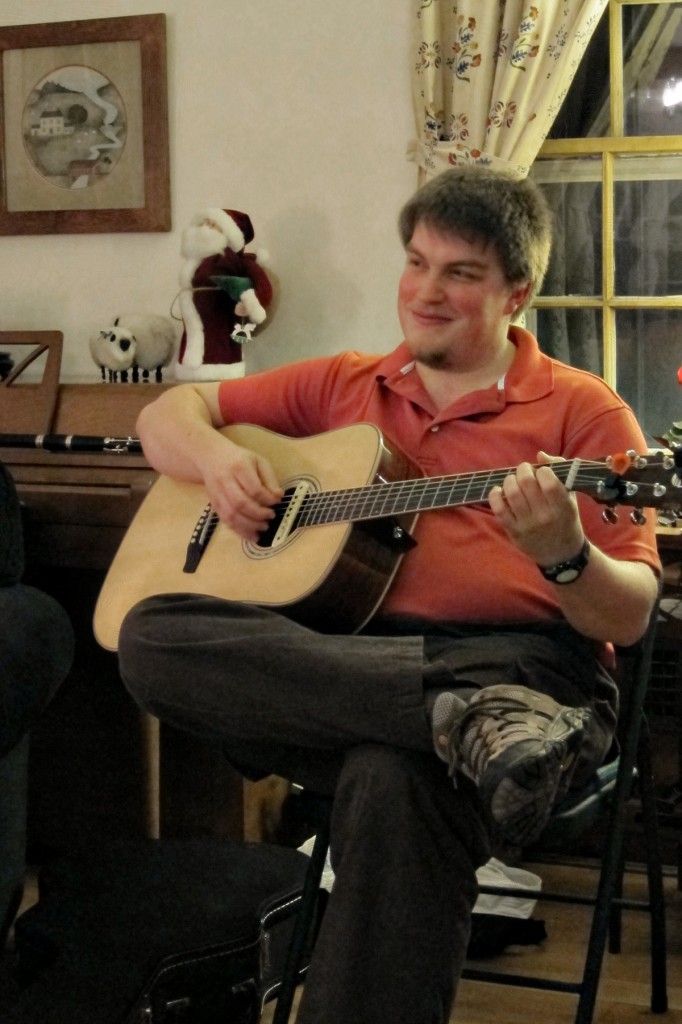
I’m grateful for the family who’ve loved and cared for me so well over the years: Steve (Dad), Karen (Mom), Ruth and Byron (grandparents), George and Peggy and Hollis and Phoebe (grandparents who are gone now), all my aunts and uncles and cousins.
I’m grateful for Jasmine, whose love is a function that’s continuous everywhere and has infinite value. Aww. I’m grateful for the dreams we share (and those we haven’t finished negotiating), and for all the memories we’ve built together. I smile when I look at my pictures of her dressing a turkey last week, and I remember that she came and held my hand every time I asked her to come to the Lyme doctor with me so I wouldn’t have to be alone.
I’m grateful for Tabitha, my dear little cat, who survived a car accident last year at Thanksgiving and dragged herself home in the dark with a broken pelvis, mewing gently in what must have been utterly horrible pain. Thanks to a good veterinarian and months of TLC from us, she spent the afternoon chasing mice around the snowy backyard and is now curled up on a table watching The Magnificent Seven with my dad.
I’m grateful that we found a gluten-free bread recipe (my mom is GF now) that worked really well for making stuffing, since I firmly believe that stuffing is the whole point of the Thanksgiving menu . I’m grateful for playing Bananagrams with Byron and Jasmine while Ruth looked on, for an abundance of good food in a time where too many people have nothing to eat, and for a heated place to live as winter advances.
I’m grateful to Pope Francis for saying some important things the world needs to hear. I’m grateful for things that make me question how I spend my money and my time… and grateful that I still feel like I’m mostly making good choices in that regard.
I’m grateful for the bright stars on our evening walk tonight, and for the bitter wind that froze my cheeks and reminded me of the years I spent hiking in the Adirondacks all winter long. I’m grateful for the hope that, even though my body was exhausted and full of pain today, I might one day head back into the mountains.
I’m grateful for people who read my blog. I keep being surprised by how much pleasure I take from sharing ideas with you folks, and it gives me a ton of satisfaction to log into the analytics page and see that people are reading. Thank you.
I’m grateful for people whose music has carried me through so many sleepless nights in the last year and a half. Right now I’m listening to Annbjorg Lien and Roger Tallroth playing an absolutely gorgeous rendition of the Miller Boy’s Brudmarsch, but there are so many other people who’ve also helped me with their songs and tunes.
With less explanation, I’m grateful for:
- Fountain pens and gorgeous inks, bottled so they’re more environmentally sustainable.
- Chaga (Inonotus obliquus), the mushroom that helps support my immune system.
- Tristan Henderson, for helping get me set up with a mandolin and an octave mandolin.
- Not having to take quite as many pills every day, compared to last year.
- Melissa Running and Bob Mills, for being there when I needed them, and for fostering my new musical loves.
- Dr _______, for believing in me, treating me, and helping me to learn how to live with Lyme.
- The team at NASCOD 2013, for listening to my presentation and saying so many wonderful things about it.
- Sam Sanders, for recording Frost and Fire‘s album, which comes out next week.
- Fragrance-free laundry detergent, because it means I can actually wash my clothes.
- The bletted apple tree in our driveway, so rare that most orchardists have never even heard of one, and the way we’ve helped the local orchard to develop scions of it so it can live onward. It reminds me of Todd Alessi, our friend and piano tuner, who loved its apples very much. He died last month.
- Peter Edwards, who moved to Vermont this year for a job that means I get to see him much more often.
- Frost and Fire, for being my musical partners and friends. Susie Petrov, for being my friend and teacher and mentor for years now. Katie McNally, Shannon Heaton, Valerie Thompson, and Liz Simmons, for sharing some lovely music last weekend.
- Days when I wake up and my body doesn’t hurt. There aren’t many, but I’m grateful for them.
- Teachers who’ve led me toward the tools for surviving the mental and emotional parts of long-term illness.
- Casey, who’s covering the hotline shift today so I can spend time with my family.
- The fabulous garlic dill pickles we make from the Dinosaur Bar-b-que recipe.
- WordPress, for making it so I can type this and you can read it.
And lots of others. Too many people to list, too many things to list. I’ll think of twenty more as soon as I hit “Publish”. And that’s kind of the point. Gratitude doesn’t change the facts, but sometimes it helps us to choose our response to them. Oscar Wilde wrote that all of us are in the gutter, but some of us are looking at the stars.
For me, that helps me to get through living with constant fear—seeking constant gratitude balances it out.
I’m a little uncomfortable posting this, because I’ve gotten really tired of people telling me that I need to “just focus on the good things”, and I get furious when I hear people implying, e.g., that poor folks wouldn’t be so homeless if they had better attitudes. That’s not what I see gratitude as: it’s not about ignoring the bad stuff or pretending it doesn’t exist. It’s about finding ways to even the balance out a little bit. It’s not about complaining or not-complaining. It’s about balance.
I can’t always live with gratitude in mind; I don’t think anyone can. Sometimes everything hurts too much, or it’s all too overwhelming. I’m not trying to say that anybody else needs to change, so if what I’ve written seems simplistic or irrelevant, please discard it and move along. I’m just writing what’s working for me right now. I hope it helps you!
